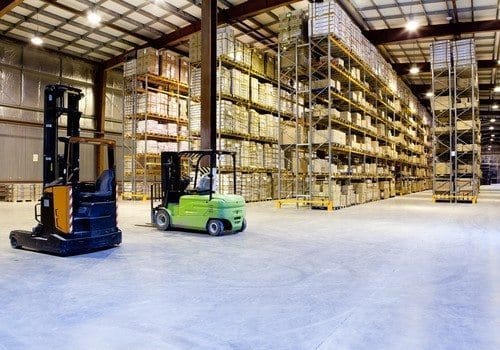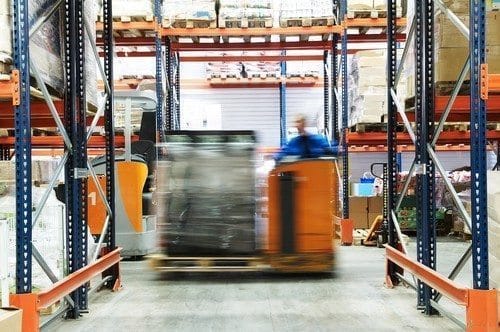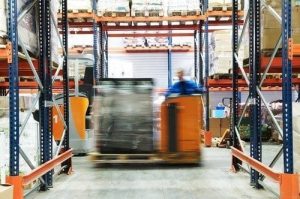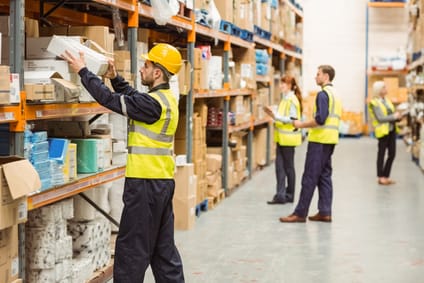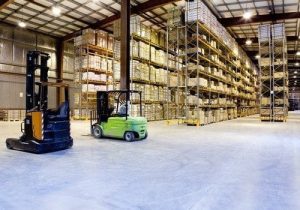
As your preferred material handling equipment supplier, our primary goal is your success. A panel of industry experts was recently asked to reveal each person’s single best tip for increasing warehouse productivity, and we’re sharing the best answers with you.
What’s the Single Best Way to Improve Warehouse Productivity?
Optimize Pick Routes
It’s a basic equation: the easier it is for employees to perform their tasks, the more they can complete. Review pick routes and modify them as much as possible to have them end close to the packing and dispatch area.
Control Inbound and Outbound Freight Costs
When it comes to eating away at profits, freight charges are at the top of the list. Hire a consultant to help you bid more competitively. The profit will more than pay for the expense.
Incorporate Mobile Computing
Studies show that each step by a warehouse employee costs four cents. Replace fixed workstations with mobile ones that allow associates to process data on the spot.
Use Digital Communications
Accurate communication keeps operations running smoothly, but it’s difficult to keep everyone on the same page when they’re constantly in motion. Create a centralized digital workplace hub that includes communication and chat apps along with productivity software.
Invest in Quality Equipment
Hardware often seems like an obvious place to cut costs, but it frequently ends up being counterproductive when productivity suffers because employees don’t have the right tools to perform their jobs.
Electric Material Handling Solutions from DJ Products
Battery-powered movers such as our popular CartCaddyLite are cost-effective ways to improve efficiency and safety while reducing expenses. Call 800.686.2651 to learn why DJ Products is your first choice for a dependable material handling equipment supplier.
